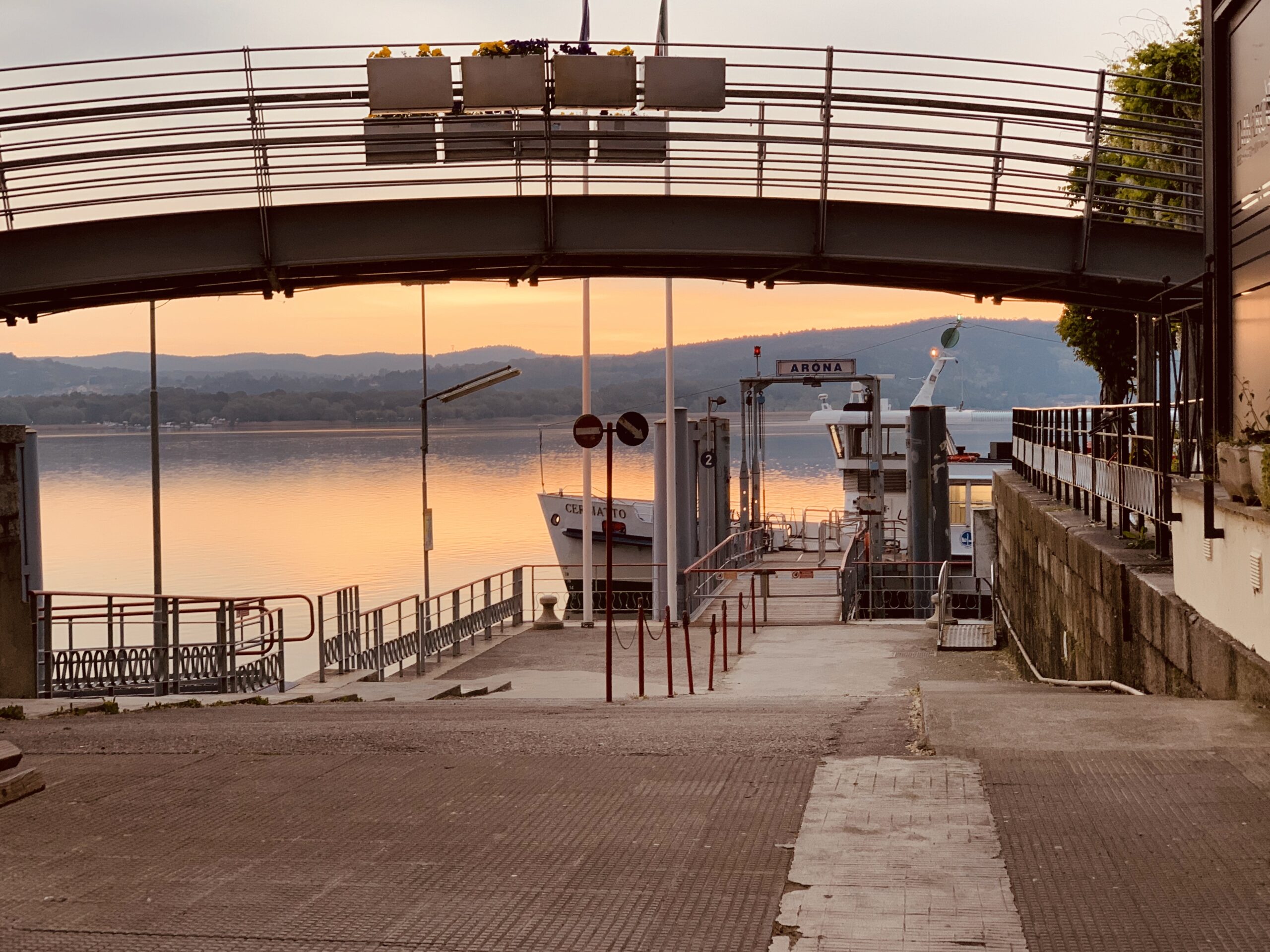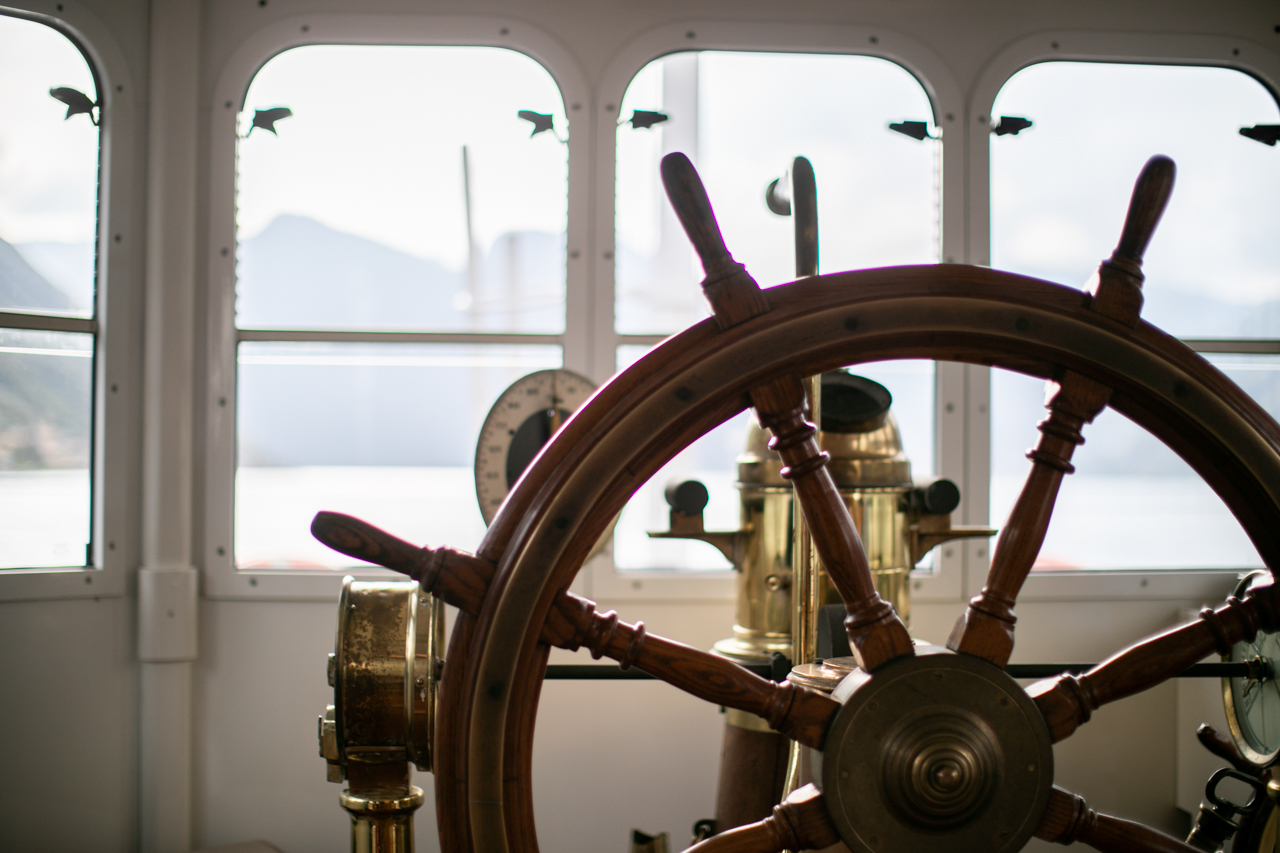
23 Jul 2024
Navigation-themed museums: when water becomes tradition
- All lakes
- Out for…

The first news of a navigation line service on the lakes as an alternative to ordinary roads dates back to the early nineteenth century, coinciding with the advent of steam engines. The industrial and commercial development in the lake areas during the first two decades of the 19th century gave birth to the need for new and faster forms of transportation as, an alternative to those on land which were deemed slow and inadequate. The beginning of the public line service on the Maggiore, Como and Garda lakes is in fact dated from 1826 to 1827. In those years two steamers were put into service, the “Verbano” and the “Lario”, owned by the Lombardo-Sardo-Ticinese company, respectively, on Lake Maggiore and Lake Como.
Soon after, the shipbuilder started the service on Lake Garda with the steamship “Arciduca Ranieri”. The business expanded with the introduction of other ships such as the “Plinio”, the “Manubrio” and the ”Amico a prora” up to the commissioning in 1904 of the steamship “Piemonte”, which is still in service on the waters of Lake Maggiore.
The lake-going service as a useful and speedy means of transport of goods has over time represented a viable alternative to the lack of road links so much so that navigation also began to carry out an important postal service, not just for transporting mail, but also for on-board postmarking. The first ferry for transporting cars even begins service in 1933.
The privately run management continued, as it was achieving a huge success from the public at the time, until 1948 when, due to the serious damage suffered as a result of the Second World War, the companies stopped their activity. With the State takeover, it was possible to ensure the maintenance of public service navigation on the three Lakes until 1957, when, with a special law, the Ministry of Transport – Department of Private and Public Transport, took charge of the reorganization. A government manager was then appointed who began the techno-economic renewal project of the new Government Management of public shipping line services on Lake Maggiore, Garda and Como.
With the Government Management, to date, the allocation of 99 vessels (including vessels, motor vessels, car ferries, hydrofoils, catamarans, etc.) has been reached for a total capacity of about 30,000 passengers and traffic volume – both for tourism, whose attendance peaks are mostly reported during the spring/summer period and for commuting which is represented by students and workers- more than 11 million passengers and 700,000 vehicles per year.

You are using an outdated browser.
This website is NOT optimized for Internet Explorer.
A fatal exception IE has occurred at C0DE:L05TUD10 in 0xC0DEBA5E.
or click the button below:
update your browser!